Playing the Tourist: In Real Life
 Austen wrote what she knew, therefore in playing the tourist for her books we've covered a lot of places she went to. Yet this journey would be incomplete without the three most important places to her life; where she was born, where she lived, and where she died. Jane Austen was born in Steventon in Hampshire where her father served as rector. Many times when looking into the past it's about looking at where buildings used to be and that is sadly the case with the parsonage. Though the new parsonage which still stands was actually built by Jane's brother Edward some time after Jane's death. But the place of prime interest is the church, St. Nicholas's, where Jane went for twenty-six years of her life with her family to hear her father preach. A spire has been added since Austen’s lifetime, bearing a wind vane in the shape of a pen in her honor. Though that is probably small comfort to Jane who expected to live her entire life in this small community and instead ended up moving to the odious Bath when her father retired, making way for her brother James at the rectory. It must have been bittersweet to visit him in what was once her home.
Austen wrote what she knew, therefore in playing the tourist for her books we've covered a lot of places she went to. Yet this journey would be incomplete without the three most important places to her life; where she was born, where she lived, and where she died. Jane Austen was born in Steventon in Hampshire where her father served as rector. Many times when looking into the past it's about looking at where buildings used to be and that is sadly the case with the parsonage. Though the new parsonage which still stands was actually built by Jane's brother Edward some time after Jane's death. But the place of prime interest is the church, St. Nicholas's, where Jane went for twenty-six years of her life with her family to hear her father preach. A spire has been added since Austen’s lifetime, bearing a wind vane in the shape of a pen in her honor. Though that is probably small comfort to Jane who expected to live her entire life in this small community and instead ended up moving to the odious Bath when her father retired, making way for her brother James at the rectory. It must have been bittersweet to visit him in what was once her home.
 Though thankfully after time spent in Bath and various family homes Jane found her own home in Chawton where she resided for the last eight years of her life, which is now Jane Austen's House Museum. The cottage was part of Jane's brother Edward's nearby estate, Chawton House, but we'll get to Chawton House in a minute. It's eerie visiting a place where a revered author lived. A place that was their everything has become a point of pilgrimage to others. When I went to Orchard House it was a little hard to connect it to Louisa May Alcott. I'd been to house museums, but somehow knowing who lived there adds another layer. You're wandering the rooms they wandering. This structure housed their mind and gave birth to their creations. I look back fondly of that trip to Orchard House despite the searing heat and I am jealous to all who have been to Austen's house. Because there is the little table Jane wrote on. Here's a quilt she and her sister labored over. She revised and wrote in this building and strolled through the gardens. And if the cottage wasn't enough, nearby Chawton House is now a library that is The Centre for the Study of Early Women's Writing, 1600-1830!
Though thankfully after time spent in Bath and various family homes Jane found her own home in Chawton where she resided for the last eight years of her life, which is now Jane Austen's House Museum. The cottage was part of Jane's brother Edward's nearby estate, Chawton House, but we'll get to Chawton House in a minute. It's eerie visiting a place where a revered author lived. A place that was their everything has become a point of pilgrimage to others. When I went to Orchard House it was a little hard to connect it to Louisa May Alcott. I'd been to house museums, but somehow knowing who lived there adds another layer. You're wandering the rooms they wandering. This structure housed their mind and gave birth to their creations. I look back fondly of that trip to Orchard House despite the searing heat and I am jealous to all who have been to Austen's house. Because there is the little table Jane wrote on. Here's a quilt she and her sister labored over. She revised and wrote in this building and strolled through the gardens. And if the cottage wasn't enough, nearby Chawton House is now a library that is The Centre for the Study of Early Women's Writing, 1600-1830!
 As for the sad conclusion to Jane's life... she was ill with what, we can not know for certain, but she was brought to Winchester by her sister and brother Henry for treatment. She died there on July 18th, 1817, at the age of 41 and was buried in Winchester Cathedral. She was much too young to die and could have given us so much more than just six novels. Thankfully Winchester Cathedral is a building she admired, because can you imagine how annoyed her ghost would be to be in a place she disliked? If she had died in Bath she'd be haunting the heck out of it! Her grave marker in the cathedral doesn't mention that she was a writer, so over the years through family and fans she now has a brass plaque and a memorial window. While in Winchester you can also see the house she died in on College Street, but I think that's a little morbid. Instead sit in quiet contemplation in the cathedral, look to her window and watch the light shine through. And perhaps think of Mr. Collins and have a good laugh because she, like Lizzy Bennet, was never one to take life too seriously.
As for the sad conclusion to Jane's life... she was ill with what, we can not know for certain, but she was brought to Winchester by her sister and brother Henry for treatment. She died there on July 18th, 1817, at the age of 41 and was buried in Winchester Cathedral. She was much too young to die and could have given us so much more than just six novels. Thankfully Winchester Cathedral is a building she admired, because can you imagine how annoyed her ghost would be to be in a place she disliked? If she had died in Bath she'd be haunting the heck out of it! Her grave marker in the cathedral doesn't mention that she was a writer, so over the years through family and fans she now has a brass plaque and a memorial window. While in Winchester you can also see the house she died in on College Street, but I think that's a little morbid. Instead sit in quiet contemplation in the cathedral, look to her window and watch the light shine through. And perhaps think of Mr. Collins and have a good laugh because she, like Lizzy Bennet, was never one to take life too seriously.



























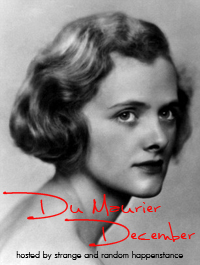
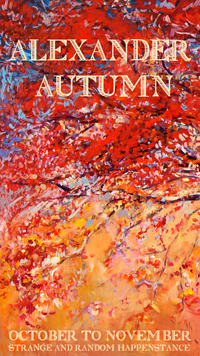











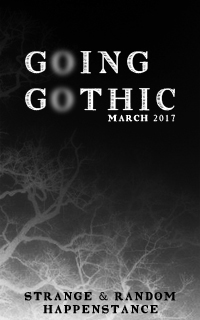


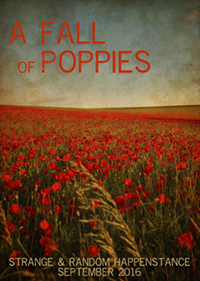



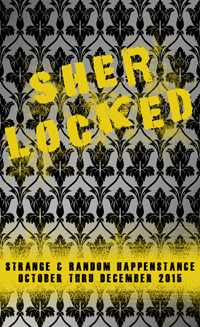

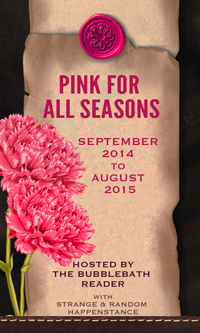
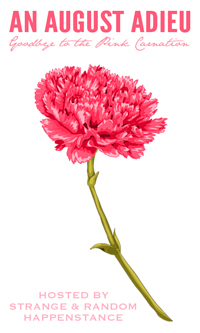




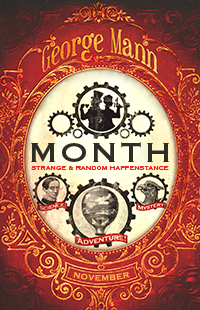


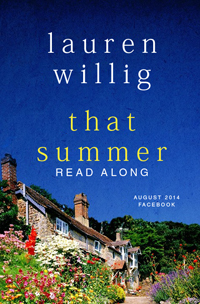



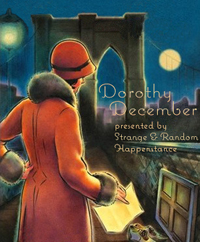























Post a Comment